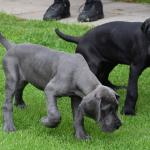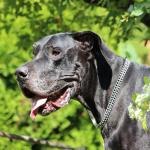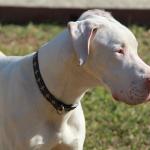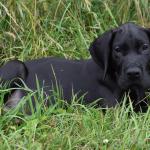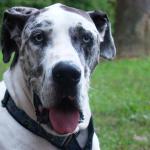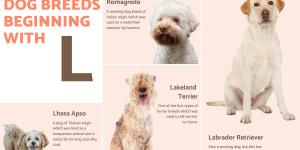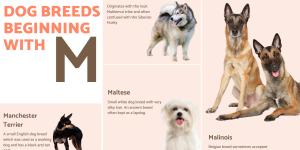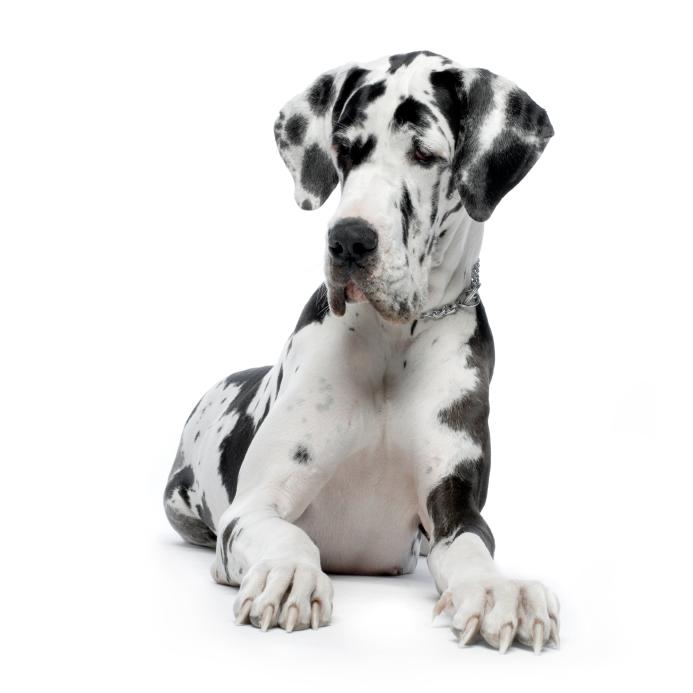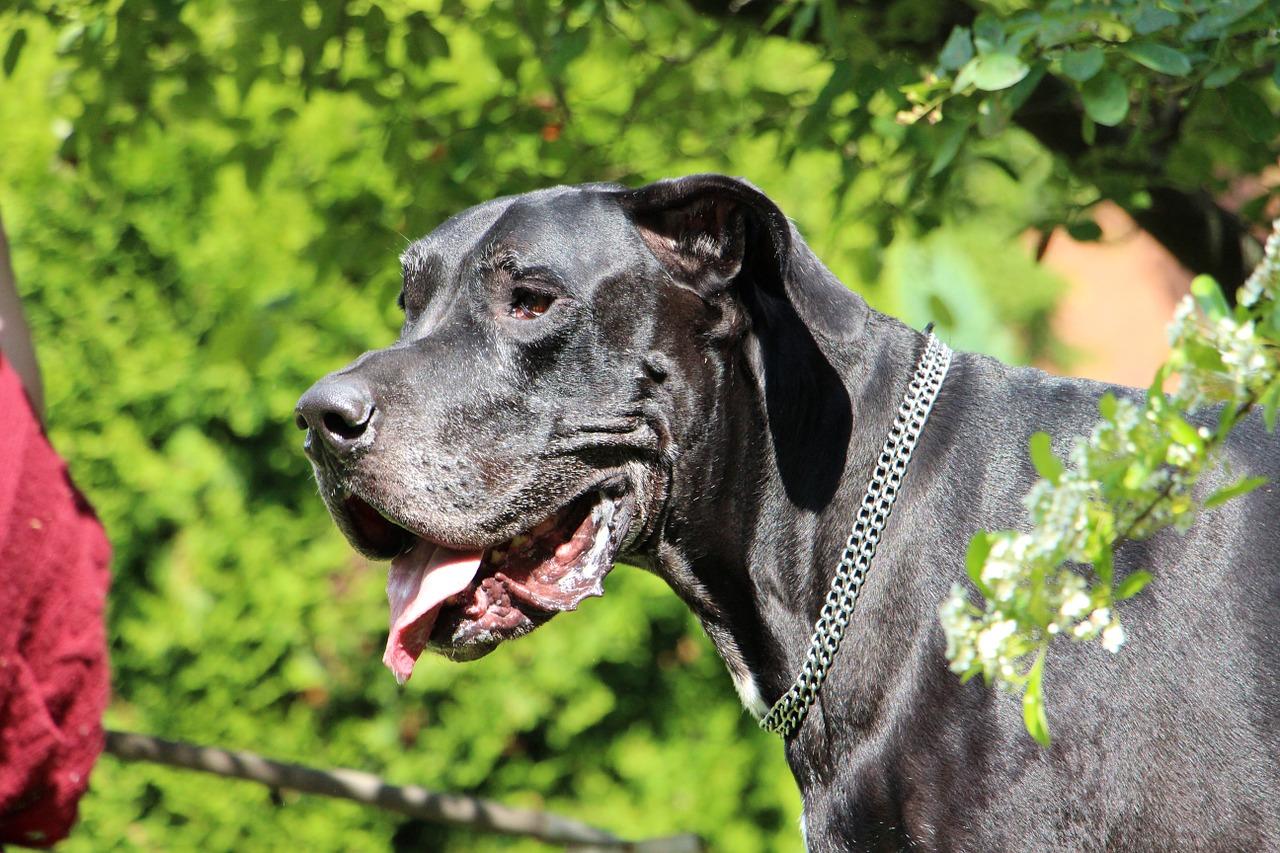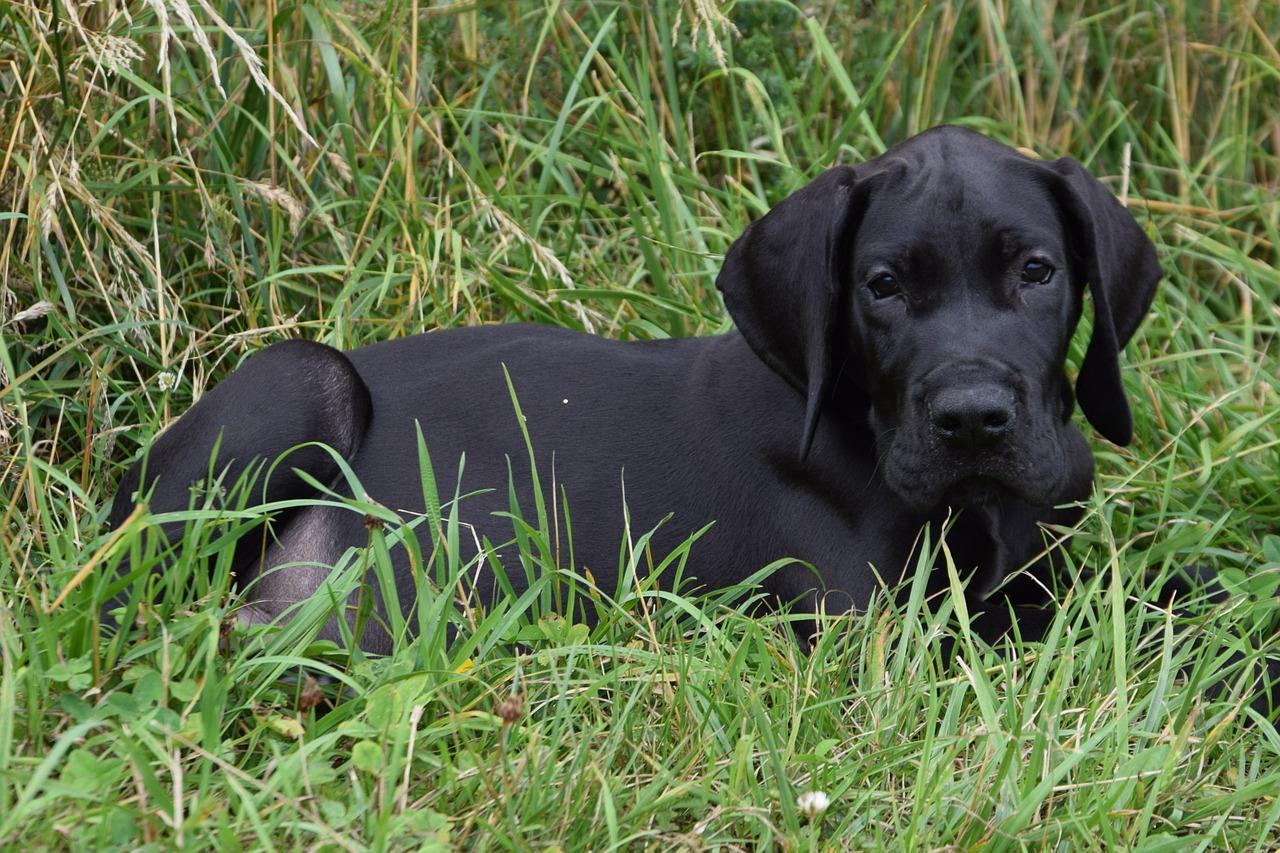Great Dane
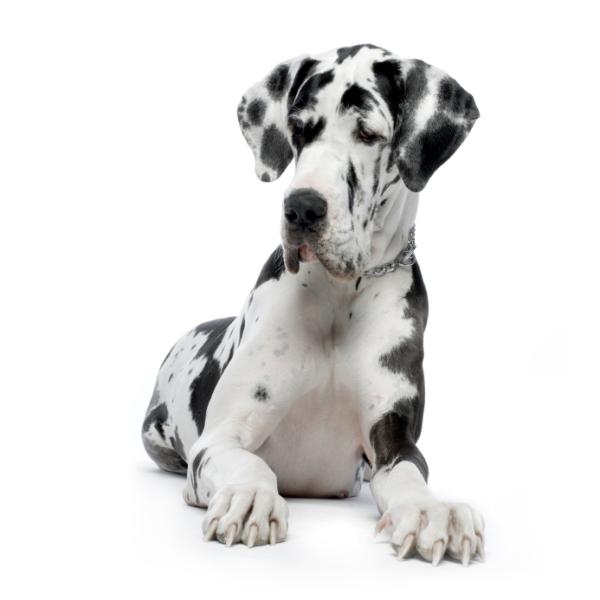
The Great Dane is one of the largest, most elegant and charismatic dogs. The standard of the breed accepted by the International Cynological Federation (FCI) describes it as "the Apollo of the dog breeds", due to its well-proportioned body and and perfect harmony.
Whether you are thinking of adopting a Great Dane or if you already have one, in this AnimalWised breedfile we will cover everything you need to know about the Great Dane. We will discuss its origin , physical characteristics, the necessary care it needs and its health.
- Europe
- Germany
- Group II
- 5-14
- 14-18
- 18-22
- 22-27
- 27-31
- More than 31
- 2-7
- 7-22
- 22-55
- 55-100
- 100-220
- 8-10
- 10-12
- 12-14
- 15-20
- Low
- Meidum
- High
Origin
The oldest known ancestors of this breed are the bullenbeisser (an extinct German breed) and the German dogs used to hunt wild boar. Crosses between these dogs gave rise to different types of dogs, from which the current Great Dane was created in 1878.
The interesting thing about the name of this breed is its reference to Denmark. This breed was in fact created in Germany from German dogs. It is not known why this dog is called Great Dane, but it is also more appropriately known as German Mastiff.
Although not many people have the resources to adopt such a large dog, this breed is very popular and practically everyone can recognize a Great Dane when they see one. This fame of this dog is largely thanks to two caricatures: Scooby-Do and Marmaduke.
Physical Appearance
This breed is very large, powerful, elegant and of has an aristocratic bearing. Despite its large size and imposing figure, it is a well proportioned and beautiful dog.
The head of a Great Dane is elongated and thin, but not pointy. Its naso-frontal depression (stop) is well defined. Its nose should be black, except in harlequin and blue breeds. In harlequin colors, a partially pigmented or flesh-colored nose is acceptable. In blue breeds its nose is anthracite (black diluted). Its snout is deep and rectangular. It has medium, almond shaped and alive eyes which carry and intelligent expression. In harlequin-colored Great Danes, both eyes may be of different tonality. Their ears are of high insertion, medium size and fall on the sides of its head. Their ears were traditionally cut to give it a more ‘‘elegant’’ appearance, but fortunately this cruel custom has become punishable in many countries. The FCI standard of the breed does not require the cutting of its ears.
The length of its body is almost equal to its height at the withers, specifically in males. It has a square body profile. It has a short and and slightly arched spine. Its chest is deep and wide, with retracted flanks.Its tail is long and of high insertion. The heights at the cross are as follows:
- In males it is at least 80 centimeters.
- In females it is at least 72 centimeters.
The Great Dane's coat is short, dense, shiny, smooth and flattened. It can appear in a tawny, tabby, harlequin, black or blue color.
Character
Its huge and imposing size often gives off the wrong impression of its temperament and character. In general, these dogs are very friendly and affectionate with their family, although they can be reserved with strangers. They are not usually aggressive, but it is important to socialize them from when they are puppies. If correctly socialized, these dogs will get on well with people, other dogs and even with other pets. They are particularly patient with children, however, when they are puppies, they can be a little awkward with younger people.
Many people think that it is difficult to train a great Dane. This idea arises because of traditional canine training methods. Great Danes are very sensitive to abuse and do not respond well to traditional training. However, with positive training (clicker training, rewards, etc.) they can achieve spectacular results.
These dogs need frequent company. If they are left alone for a long period of time they can become destroyers, also it is not common for this breed.
Caring for a Great Dane
The care of the Great Dane's coat is simple. Occasional brushing is sufficient to remove dead hair. Bathing this breed is only necessary when the dog gets dirty and, due to its size, we advise getting this done at a dog groomers.
These dogs need moderate exercise and are much more active outdoors than indoors. Despite being very large dogs, they do not adapt well to living outside. It is better if they are allowed to live inside, as they prefer to stay with their family.
Because of their relatively calm temperament they can adapt well to living in apartments and flats, but their size can cause problems in very small houses, as they can break ornaments accidentally. On the other hand, due to its size, before adopting a Great Dane it is necessary to consider that their food expenses will be very high.
Health
Unfortunately, this breed has a predisposition to various canine pathologies. Among the most common diseases in Great Danes we can find;
- Gastric torsion
- Hip dysplasia
- Cardiomyopathy
- Wobbler syndrome
- Elbow dysplasia
- Osteosarcoma
To prevent the development of the above conditions or for early detection, it is essential that you visit your vet regularly. Furthermore, we recommend keeping up to date with its vaccination and deworming calendar. Visit to your veterinarian whenever you have doubts or notice the appearance of any strange unnatural behavior.
Great Dane photos


